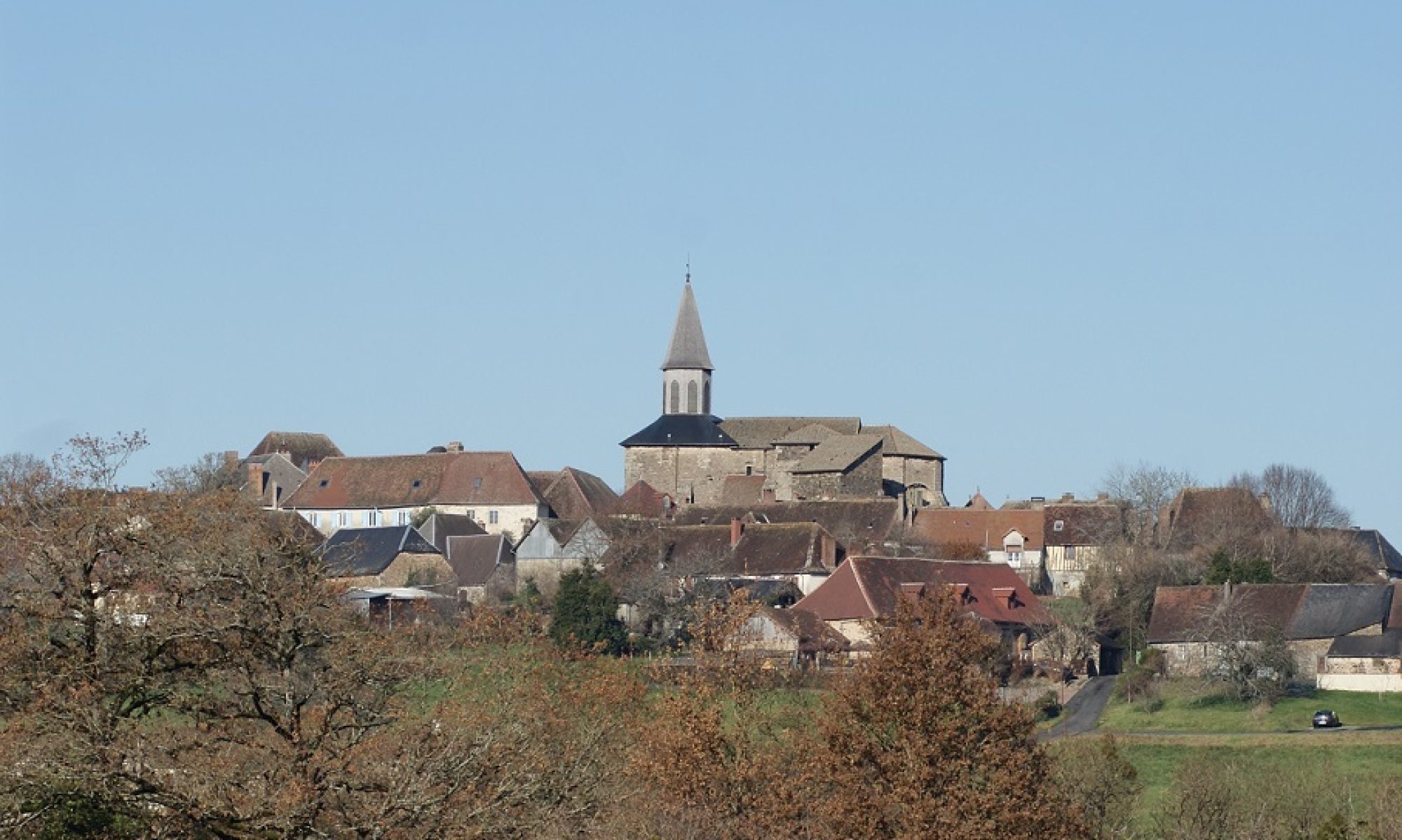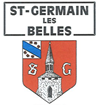The alleway
The alleyway in the Grand Barri district
The Grand Barri developed north of the former “walled town”; it is a rectangular block of houses crossed by two parallel streets: rue des Fleurs and rue du Presbytère.
The alleyway connecting rue des Fleurs and rue d’Arsonval serves small courtyards and winds between buildings (houses, stables, or barns), most of which were built in the 19th century.
The old houses
The village of Saint-Germain is proud to have some beautiful old houses built entirely from local stone.
Other, more modest homes have a stone ground floor and a timber-framed upper floor, made with oak posts and beams filled with wattle and daub.
The village houses have large, steeply pitched roofs adapted to the snowy climate, covered with small, locally made flat tiles. These roofs often feature dormer windows that light or ventilate the attics.
The Grand Barri was the preferred district for artisans and shopkeepers. The artisan’s workshop (or the shopkeeper’s store) occupied the ground floor of the house, opening onto the street.
The kitchen was next to or behind the shop, leading to a courtyard or small garden. This courtyard often contained a chicken coop, a rabbit hutch, and sometimes a pigsty.
Before 1914, the village of Saint-Germain had more than 300 workshops or stores…
The alleyway well
In the middle of the alleyway, on the rue d’Arsonval side, you will find a picturesque little square with a well.
Before 1900, the village of Saint-Germain did not have running water. The population relied on public wells equipped with pulleys or winches (operated with pegs or a crank), with regulated usage rights, often a source of conflict during times of drought.
Some village residents had private wells located in the garden adjoining the house or even inside the house itself.
Images :
- The central street, now rue d’Arsonval, with the entrance to the alley on the left.
- Route de la Porcherie, with its stores and workshops.
Continue along the alleyway, which leads to rue des Fleurs, then turn right.

